#they kees
Text

A surprise smooch
#loki#mogs art#thorki#thor#agent of asgard#comics thorki#look i know thors look is inaccurate but im at work and cant fix it#cuties#they kees
123 notes
·
View notes
Photo

Something Old, Something New; Page 7
Flowershop AU collab comic with @inkdemonapologist
[ Previous ] [ Start ] [ Next ]
#Comic: Something Old Something New#sammy lawrence#joey drew#Flowershop!AU#they kees#gosh i'm so excited to see reactions to this page hahhaaha#hanahaki#Joey Delphinium#Sammy Lathyrus
145 notes
·
View notes
Text

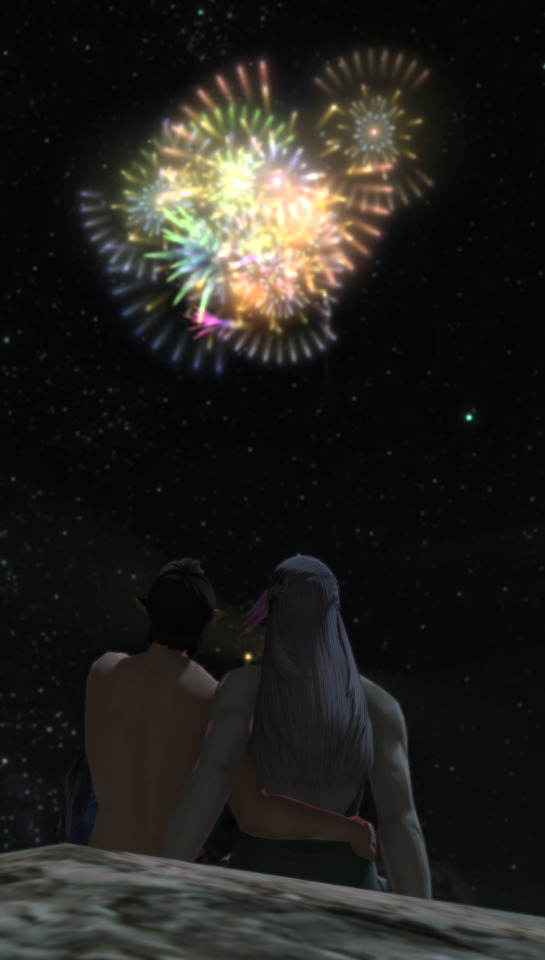



If it is physically possible to resist the urge to make one's blorbos smooch under the Moonfire Faire fireworks, I wouldn't know
#wolmeric#aymeric de borel#keimwyda sylbdhemwyn#aymeric x wol#femroe#wolmeric nonsense#roegadyn wol#they kees
13 notes
·
View notes
Text
@nicholes-family-and-friends

16 notes
·
View notes
Text
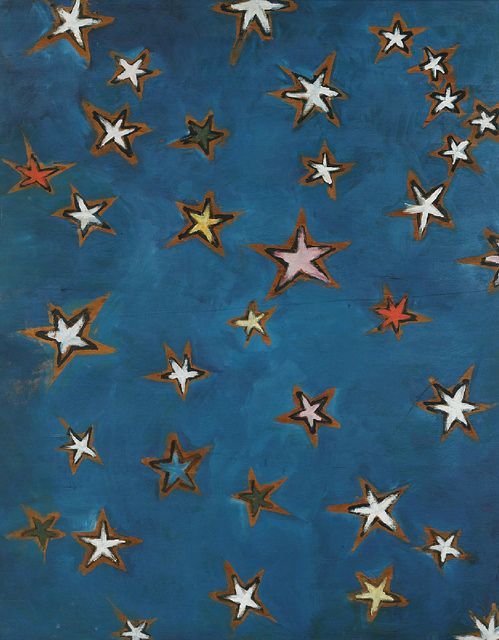
Kees van Dongen - Stars (1912)
4K notes
·
View notes
Text
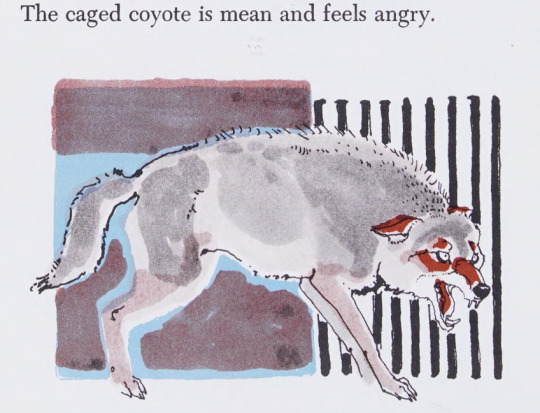
The Biting Book. Written by Judi Friedman. Illustrated by Kees de Kiefte. 1975.
Internet Archive
6K notes
·
View notes
Text




Ling Tan for IN NATURAL (2000) Photography: Leslie Kee
2K notes
·
View notes
Text

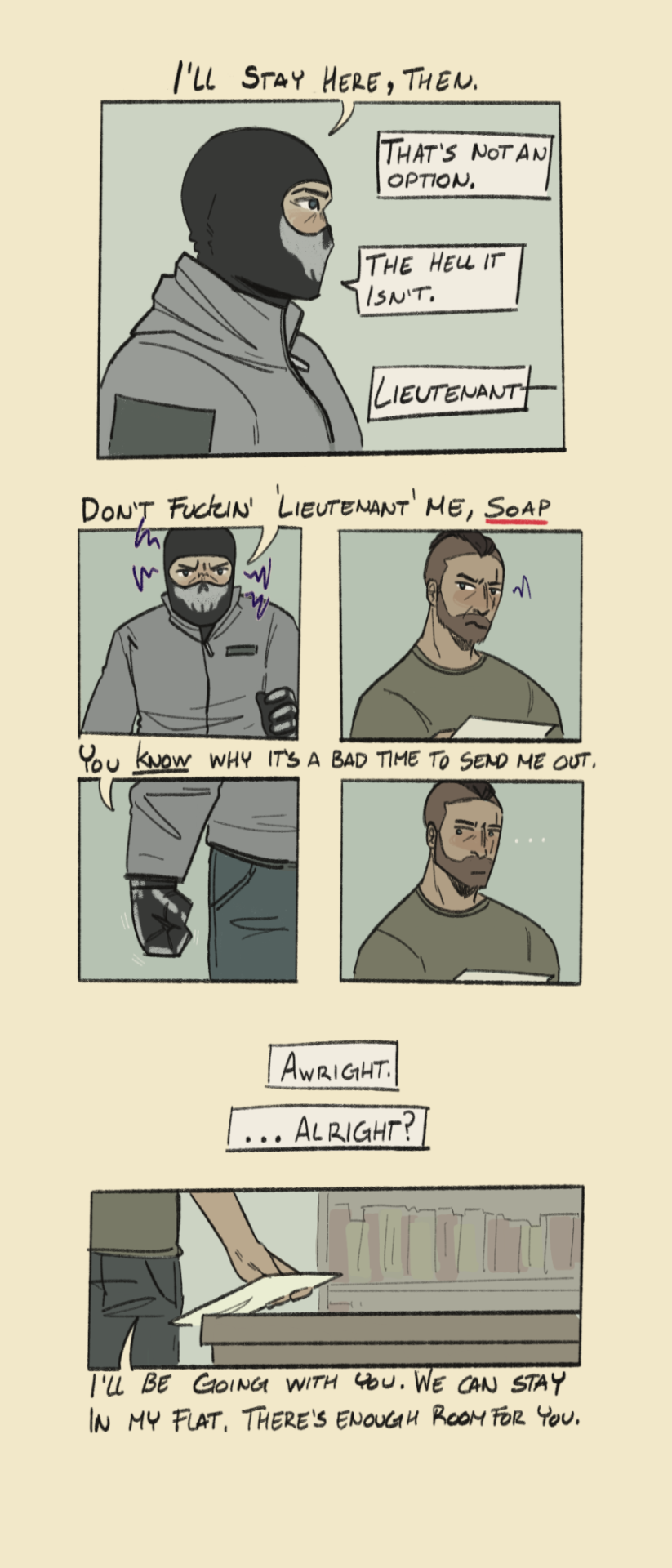
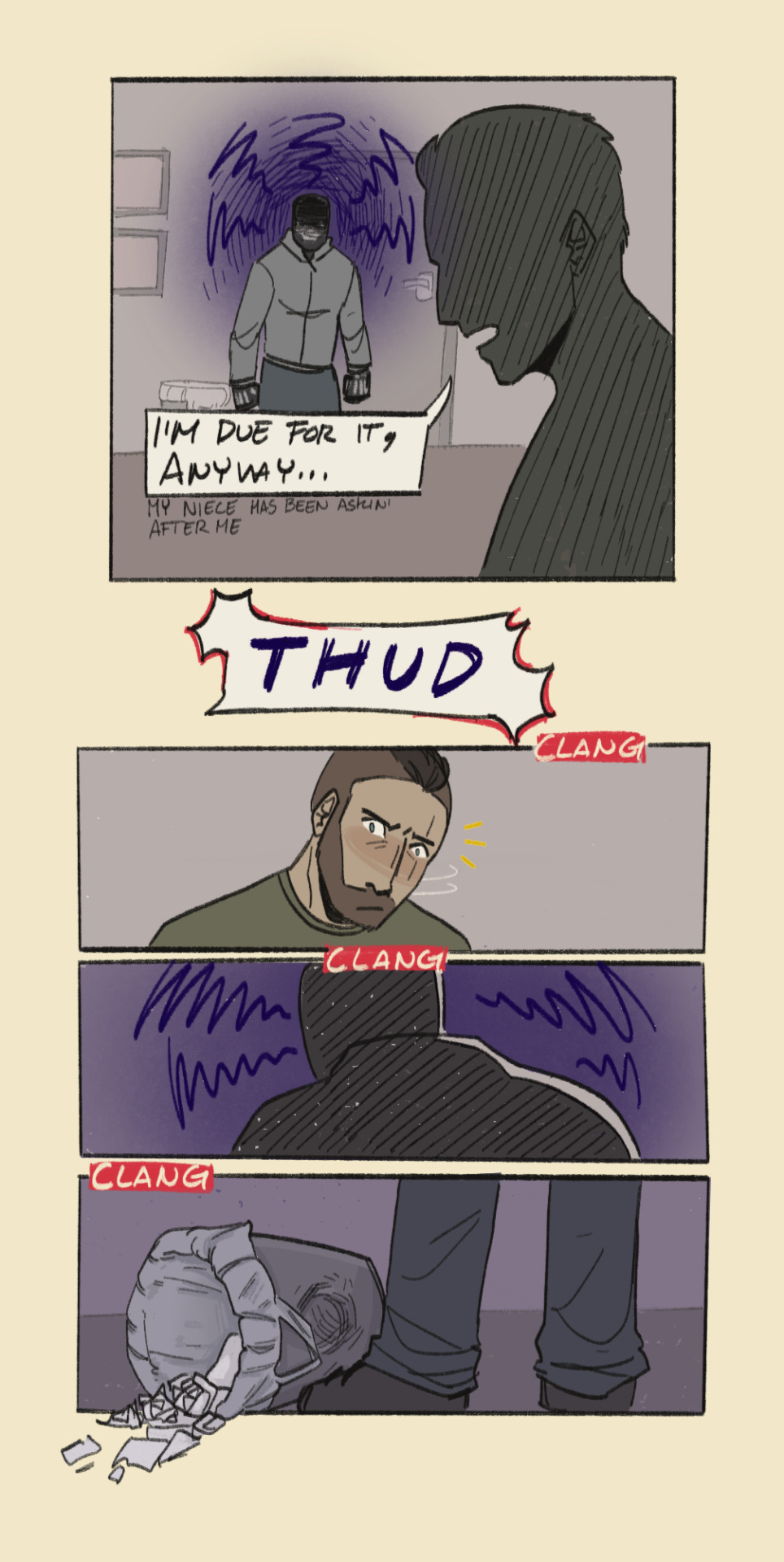
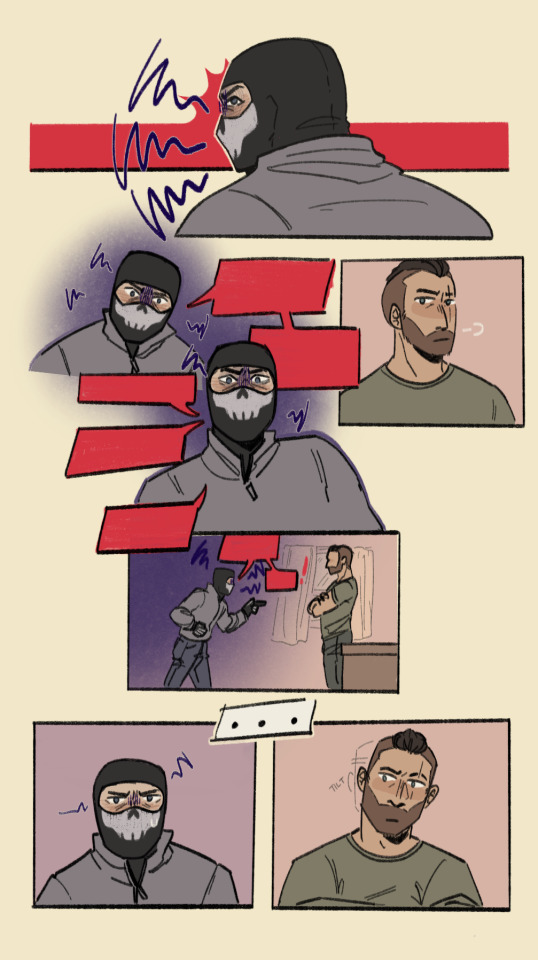

PITCH-HIT A GIFT FOR THE GHOSTSOAP SERVER GIFT EXCHANGE 💪never done '09 soapghost so I hope I did them justice <3
Also haven't done a comic in fuckin forever but shshshshhhh
#fanart#cod:mwii#ghost#john soap mactavish#simon ghost riley#digital art#ghostsoap#soap#digital illustration#ghoap#09 soap#09 ghost#macriley#thats such a cute ship name on god#art.png#why do i kee forgetting that
3K notes
·
View notes
Text
RAMADAN MUBARAK 🎊🎊🎊


#jellarts#gale of waterdeep#gale dekarios#bg3#baldurs gate 3#merry wishes everyone— may your fast be accepted with abundance#please kee the suffering in your prayers and may Allah ease your pain too inshallah#wanted to draw gale as a comfort thing..sniffs….
341 notes
·
View notes
Text

Some basic anatomy notes on kee, one of the sophonts in Sea of Spires. They are the most common sophont in the Keeland biotope and, after the establishment of kee-gardens in the Terran biotope hundreds of years after first contact, are the most common Keeland sophont outside of their biotope.
Kee bodies are divided into six segments, each with a single limb and spiracle, arranged in an alternating pattern around their central nerve cord. This lends their bodies a slight asymmetry. Their first segment is most derived, with the limb adapted into a jaw and the spiracle adapted into a "vox" organ capable of synthesizing a wide range of sounds. In a typical kee the fore vox is only present on the right side and a second smaller vox sits on the left side of their terminal segment. In both the front limb and wing segments the spiracle remains intact as a breathing organ.
Also pictured is cranial differences between N and T-type kee, and genitalia differences between males and females. Both sexes have brightly colored flanges surrounding their cloaca for display, similar to the display flanges on their face. The main external difference is that males have brighter flanges and a pair of claspers flanking the cloaca.
N (nurturing) and T (territorial) type kee have no genital differences, but posess major morphological differences in the rest of the body. T-types have very brightly colored heads and wings, along with larger wing-claws and a more prominent beak spike. They are more aggressive and prone to wander, tending towards protecting the edges of a kee flock's territory and participating in foraging activities. N-types tend to fill more of a homemaker roll, raising and guarding young and maintaining their nests.
471 notes
·
View notes
Text

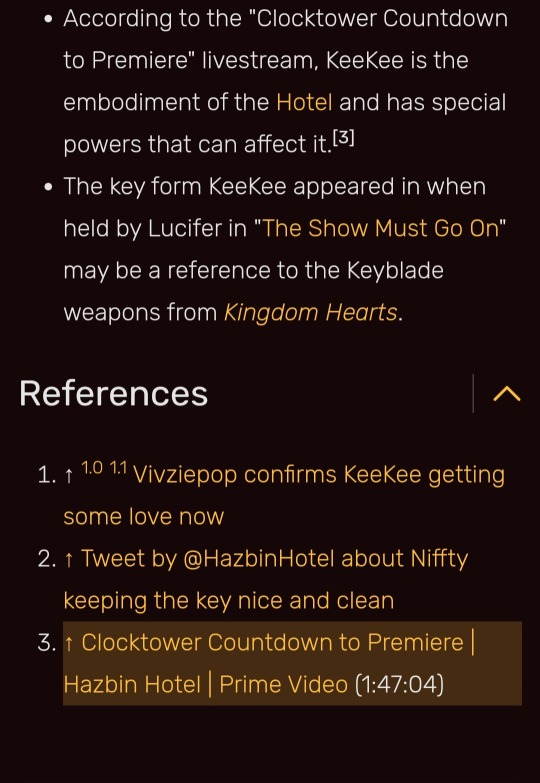
Oh for Pete sake! Why is stuff like this never explained IN THE SHOW?!?!
#pc thoughts#hazbin hotel#hazbin critique#hazbin critical#sir pentious#charlie morningstar#kee kee#lucifer morningstar
327 notes
·
View notes
Text

Some hikers take pause for a moment to admire the mountains, and each other.
Kees Scherer Obergurgl, Austria
1965
#vintage camping#campfire light#austria#hiking#history#travel#outdoors#exploring#kees scherer obergurgl#1960s
329 notes
·
View notes



